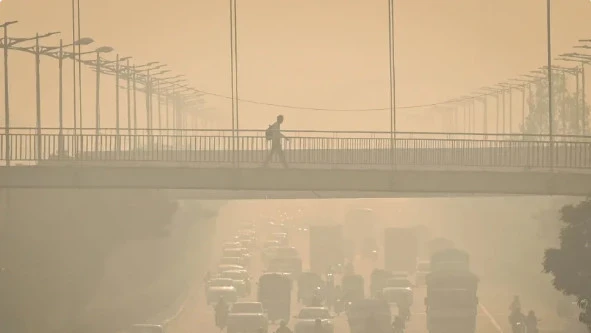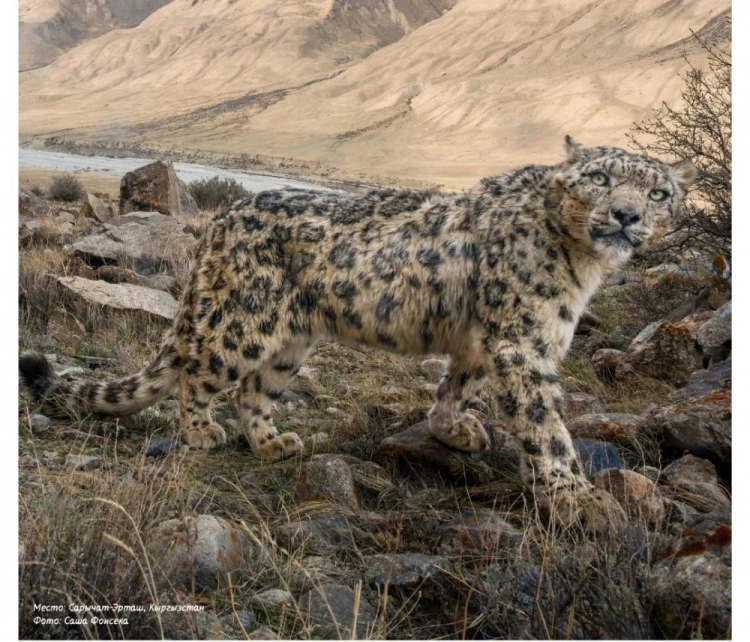The Capital of the Ancient World: Persepolis
There are countries on earth that cannot be measured by the area of their territory or the number of their population. These are civilization countries, whose cultural heritage is so great that it belongs to all humanity. One of them is Iran, or Persia, as this country was called until 1932.
You can read hundreds of books about the history of Persia, watch films and websites, listen to eyewitnesses and travelers. And still, it will not be enough to truly know Persia. Persia must be seen.
Once, I read "Thais of Athens" by Ivan Efremov, which he dedicated to his wife Thais. The book tells the story of a beautiful Athenian woman and the mighty Alexander, who conquered Persia and destroyed its great capital, Persepolis. The book was popular, although no one really knew whether Thais of Athens was a historical truth or the author's invention.
...Could I have known then that many years later I would stand at the tomb of the great king Darius, stepping on the steps of the fairy-tale city of Persepolis he created—a symbol of the power and glory of the Persian Achaemenid dynasty, which ruled Persia for 318 years (650 - 331 BC)? Here, among the ruined but charming columns and statues, in the shadow of stone niches, you feel the spirit of the time in which the heroes of Efremov's novel lived.
The morning in Tehran is warm and cloudless. From the hotel window, fragments of the capital of modern Iran are clearly visible, a vast metropolis with more than 15 million residents. In my memory, there is only one episode about Tehran from the famous film "Tehran-43": narrow streets, old shabby houses, endless shops.
In general, the capital has neither a historical nor a modern center, nor skyscrapers, and the mosques and palaces of the Middle Ages have been hidden by modern architects in the midst of faceless modern neighborhoods. The former royal residences, transformed after the Islamic Revolution into national museums, are considered the iconic places of Tehran. The most visited site is the Golestan Palace complex, where the coronations of the shahs and wedding ceremonies of members of the ruling Pahlavi family took place. The mirror hall, decorated with the finest mosaics, is particularly impressive. Yes, perhaps Tehran does not impress at first glance.
We traveled to the airport in the evening. Having escaped the city's embrace and gained normal speed, we moved away from the city.
The side windows of the bus refracted the light from the street lamps in an unusual way, bending them into a perfect semicircle. The same was happening on the other side. It felt like we were moving at great speed inside a spacious glowing tunnel.















































